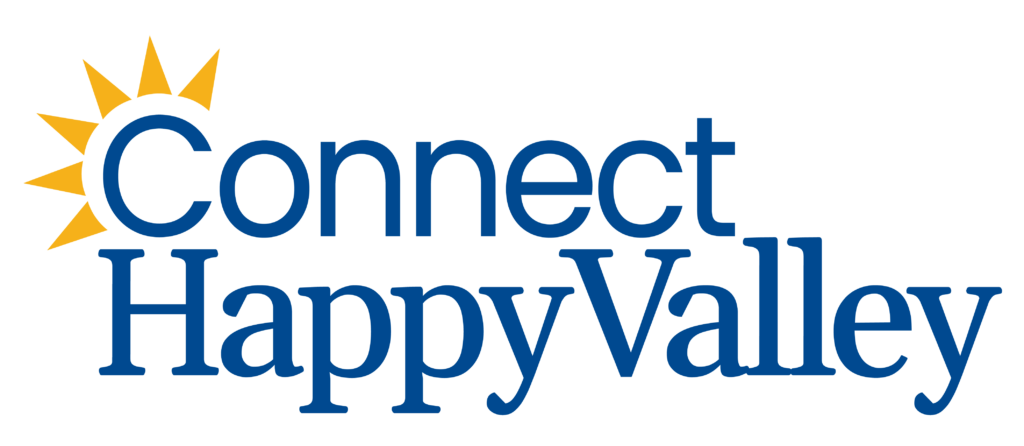Image: KCF Technologies
How the Happy Valley sensor industry wins over plant managers with new solutions and proven results
Several weeks ago, HappyValley Industry asked plant managers at paper mills around the country about their biggest pain points. Their answers included a poorly trained workforce, finding the right people and process analytics. Approximately 70% of those surveyed said they felt moderate to high pressure to digitize their workplace in response to these pain points and 100% of those who turned to digital solutions said that the solution achieved its promised outcome … so why isn’t every paper mill around the country a “smart” paper mill?
To find out why more mills aren’t following these responders’ examples and how digitization and other solutions can further address plant managers’ pain points, we took our survey results to some of Happy Valley’s experts in sensor technology.
Wooing a Slow-Moving Industry
Jim Treat, member of the board at Sensor Networks, Inc. (as well as a board member at Eddyfi and Technical Diagnostic Services), has been in the testing and inspection business for 60 years, so he’s seen how the industry has digitized over both the third and fourth industrial revolutions.
“I’ve always been interested in finding big solutions for big problems,” says Treat. One of the problems he noticed earlier on in his career was at paper mills, specifically with recovery boilers, used to recover residue pulp from paper production and then generate energy for the rest of the mill. At the time, each explosive (quite literally) boiler failure was a $65 million cost for a paper mill, not even counting those who could be hurt during a failure.
So, in the 1990s, Treat began addressing the problem, founding Longview Inspection, a firm that would go on the scene to inspect components on behalf of the paper mill. Over the course of a decade, Treat grew the firm to thousands of employees working with paper mills on an international scale. The idea of taking this type of work remote, however, came to him when speaking to a client at Exxon.
According to Treat, “I asked [the client], What do you think? They said, I’m happy today, but I won’t be happy tomorrow. As of tonight, I can go home, put my head on the pillow and know my plant is in great shape, but three weeks from now, I won’t know. I won’t know until you come back… He was the first to put in my mind, 20 years ago, the idea of remote monitoring versus inspection.”
Now, that’s exactly what Sensor Networks offers: remote monitoring and, in turn, peace of mind to its clients.
So, why aren’t more plant managers, at paper mills and otherwise, jumping on this opportunity? According to Treat, it all comes down to two problems — a fear of change and lack of education.
“The young engineers, 35 or 40 and under, once they see [the sensors], they say, this is what we need. They’ll push to get their people to start with one installation and then get everyone else to buy in,” says Treat. “Those over 35, those maintenance people that have been there a very long time, are technically savvy and their know-how is important, but they’re not interested in changing. They have to be won over.”
“People in big business with big problems are typically slow moving,” he adds. “It takes them a long time to change anything…”
It’s something Sensor Networks’ sales team works hard at — wooing over a slow-moving industry to new solutions.
Clever New Ways to Address Age-Old Problems
Ben Lawrence, chief business officer at KCF Technologies, Inc., knows full well about guiding clients over from antiquated methods of plant maintenance and into the world of new, digitized solutions. Even with the pain points that paper mill plant managers mentioned in our survey, he sees the light at the end of the tunnel for plant managers and mentions several clever new ways he sees some actively addressing these specific challenges.
“Downtime has been a thorn in a plant manager’s side from time immemorial, as every minute lost to equipment breakdowns or injury is money never to be recouped, while digitization is the new brass ring that promises manufacturing nirvana to those who harness it,” says Lawrence. “In both cases, however, plant managers confide that their biggest hurdle in navigating these ‘Double D’s’ is people — specifically, finding enough qualified people to do the work necessary to meet production goals and automate the functions best left to control systems and robots. And while most plant managers are leaving the people problem to their HR and recruiting teams, a clever few are addressing the challenge differently and enjoying astonishing results.”
According to Lawrence, these plant managers are approaching their challenges three ways.
- Instead of training their existing workers to use new tech, they’re pushing their OEM and tech partners to develop tools and interfaces that require little-to-no training in the first place.
- They’re outsourcing traditional, on-the-ground work like machine health monitoring or pipe corrosion to remote teams who do the same or better work for pennies on the dollar.
- They’re leveraging new insights and analytics to identify and fix the root cause problems instead of taking a short-term, Band-Aid approach.
Are you in the sensor industry and have further insights into how plant managers can address their pain points using Happy Valley technology? Let us know.
Want to learn more about the solutions that companies like KCF and Sensor Networks offer? You can find their contact info in HappyValley Industry’s comprehensive directory.






